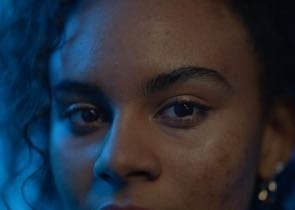كيف يمكنني حماية بشرتي من أشعة الشمس؟
يشكّل التعرّض لأشعة الشمس خطر الإصابة بحروق الشمس بالإضافة إلى المخاطر طويلة الأمد المتمثّلة في علامات تقدم السن المبكّرة وسرطان الجلد. للحفاظ على الأمان عند التعرّض للشمس، يجب اللجوء إلى الظل في الفترة من 11 صباحًا إلى 3 مساءً، وارتداء قبعة وملابس واقية ونظارات شمسية. بالإضافة إلى تلك التدابير، يجب استعمال الواقي من أشعة الشمس UVA-UVB واسع النطاق بكمية وفيرة كل ساعتين على أي منطقة مكشوفة من الجلد.







